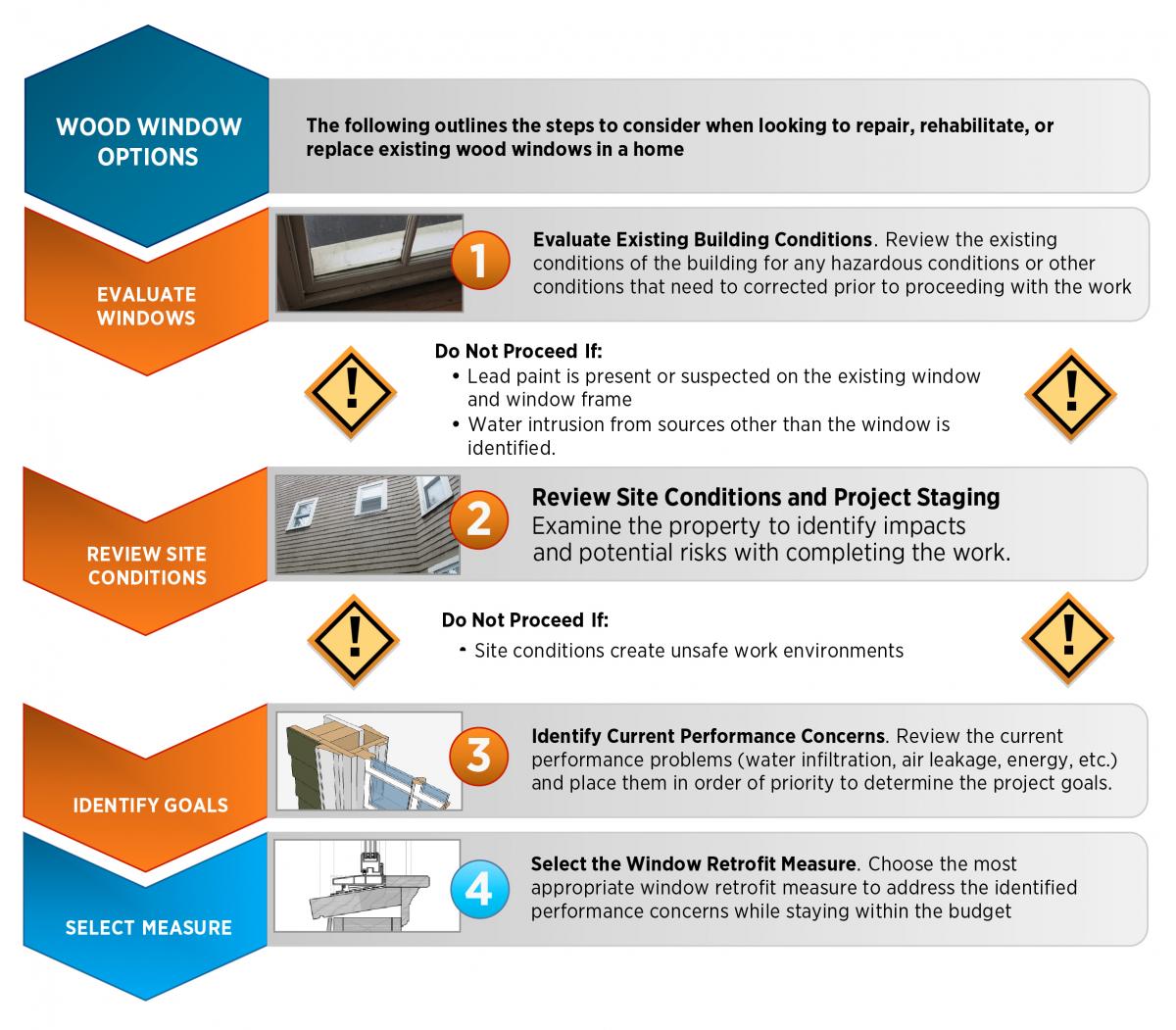Introduction to Building Science
Building science plays a critical role in the design, construction, and operation of buildings, affecting various aspects like the health and comfort of occupants. Among the key elements are:
- Air Flow
- Heat Flow
- Moisture Flow
This blog will focus specifically on Moisture Flow, its impact on building integrity, and comfort and health of the occupants. The principles outlined here also underlie the ENERGY STAR New Homes requirements.
Moisture Flow: Why It Matters
Controlling moisture flow is crucial for maintaining a building’s durability, energy efficiency, and the health and safety of its occupants. Depending on the geographical location and the type of building, different moisture control strategies may be required.
Types of Moisture Transport Mechanisms:
- Bulk Water Movement: Includes rain, snow, or groundwater.
- Capillary Action: Involves water moving through porous materials against gravity.
- Air Transported Moisture: Moisture in the form of water vapor carried by air.
- Vapor Diffusion: Water vapor passing directly through a building’s envelope.
Bulk Moisture
Bulk moisture is often the most damaging, involving rain, snow, and groundwater. To control bulk moisture:
- Redirect water away from the building through grading, drainage, gutters, and downspouts.
- Seal any potential entry points in the building envelope with proper flashing and caulking.
Capillary Action
Capillary action is subtle but can cause significant damage, often going unnoticed. It is most commonly seen in basements and crawlspaces. To counteract capillary action:
- Use materials with large pore sizes to “break” the flow.
- Apply plastic sheeting in footing holes before pouring concrete.
Air-Transported Moisture
Air-transported moisture can lead to condensation on colder surfaces. To mitigate this:
- Seal against infiltration.
- Balance the HVAC system.
- Use exhaust fans in moisture-rich areas like bathrooms and kitchens.
Vapor Diffusion
Vapor diffusion can raise a building’s internal moisture levels. To manage vapor diffusion:
- Use vapor retarders with a perm rating of 1.0 or less.
- Apply vapor retarders according to climate-specific guidelines.
Effects of Moisture on Occupants and Buildings
Health and Safety
Excess moisture can lead to mold and bacterial growth, affecting indoor air quality and potentially causing health issues such as asthma and allergies.
Comfort
Comfort levels are influenced by relative humidity, which should ideally be between 30% to 60%.
Durability
Unchecked moisture can lead to structural damage, including rot and insect infestation, thereby reducing the lifespan of the building.
Conclusion
Understanding moisture flow and its control mechanisms is vital for building longevity, energy efficiency, and the well-being of its occupants. Properly implemented moisture control strategies can mitigate risks, enhance comfort, and contribute to a healthier living environment.
For more personalized guidance, consult with engineers and local building codes specific to your location. For immediate service or consultation, you may contact us at Allied Emergency Services, INC.
Contact Information:
- Phone: 1-800-792-0212
- Email: Info@AlliedEmergencyServices.com
- Location: Serving Illinois, Wisconsin, and Indiana with a focus on the greater Chicago area.
If you require immediate assistance or have specific questions, our human support is readily available to help you.
Disclaimer: This article is intended for informational purposes only. For professional advice, consult experts in the field










